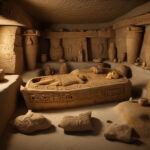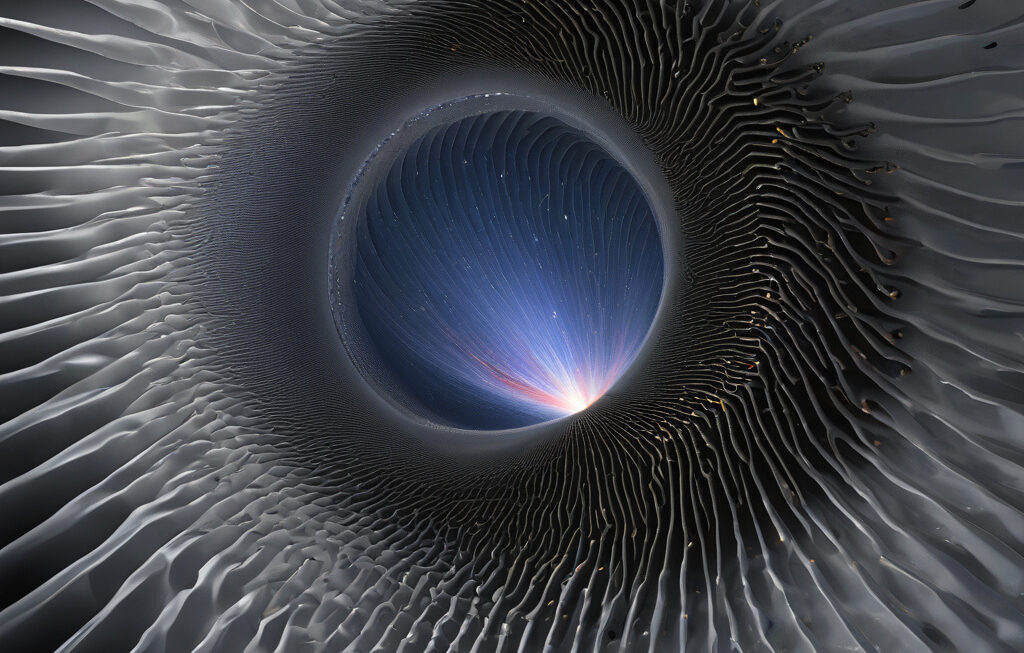Melted, minted, miscounted: How one piece of gold can span millennia
Appearing on Earth during supernovae and neutron star collisions prior to the formation of the planet itself, gold has captivated human civilization for centuries. Its rarity, malleability, and luster have made it a symbol of wealth, power, and beauty across diverse cultures and epochs. But beyond its aesthetic and monetary value, the journey of gold from cosmic origins to the creations of human hands is a fascinating tale of science, art, and history intertwined.
The atomic structure of gold, with its 79 protons and unique arrangement of electrons, is a result of the intense heat and pressure generated during supernovae explosions. These cataclysmic events, which occur when massive stars reach the end of their life cycles, release energy equivalent to billions of nuclear bombs and scatter heavy elements like gold across the universe. In the aftermath of a supernova, these elements become part of the interstellar dust and gas clouds that eventually coalesce to form new stars, planets, and moons.
As the nascent Earth took shape billions of years ago, it inherited a rich legacy of cosmic debris, including precious metals like gold. While most of the planet’s gold sank deep into the core during its molten infancy, some remained near the surface, where geological processes such as volcanic activity and asteroid impacts brought it closer to human reach. The allure of gold, with its radiant hue and resistance to corrosion, led ancient civilizations to associate it with deities, royalty, and immortality.
The journey of gold did not end with its discovery by early humans; instead, it evolved into a medium of exchange, a store of value, and a symbol of status across diverse cultures. From the first gold coins minted in ancient Lydia around 600 BCE to the intricate jewelry crafted by skilled artisans in Mesopotamia and Egypt, gold became a cornerstone of human economies and societies. Empires rose and fell, but the allure of gold endured, shaping trade routes, fueling exploration, and sparking conflicts throughout history.
In the modern era, gold continues to hold a special place in the global economy, with investors turning to it as a hedge against inflation and financial uncertainty. Central banks stockpile gold reserves, jewelry designers push the boundaries of creativity, and scientists explore its unique properties for applications in technology and medicine. From the circuits of smartphones to the nanoparticles used in cancer treatment, gold’s versatility and conductivity make it indispensable in the ever-changing landscape of innovation and progress.
The story of gold is far from over; as humanity ventures into space and unlocks new frontiers of exploration, the quest for precious metals like gold takes on new dimensions. Asteroid mining, lunar missions, and advances in nanotechnology promise to reshape our relationship with gold and other elements forged in the crucibles of the cosmos. Whether it’s adorning a pharaoh’s tomb, powering a spacecraft, or adorning a wedding ring, the enduring legacy of gold serves as a reminder of our enduring fascination with the mysteries of the universe.
In a world shaped by the ebb and flow of civilizations, the shimmering allure of gold endures as a testament to human ingenuity, creativity, and resilience. From its cosmic origins in supernovae to its transformative impact on art, science, and commerce, gold remains a symbol of timeless beauty and enduring value. As we unravel the secrets of the universe and chart a course for the future, the story of gold reminds us of our shared heritage and the infinite possibilities that await those bold enough to seek them.
gold, supernovae, history, innovation, economy












